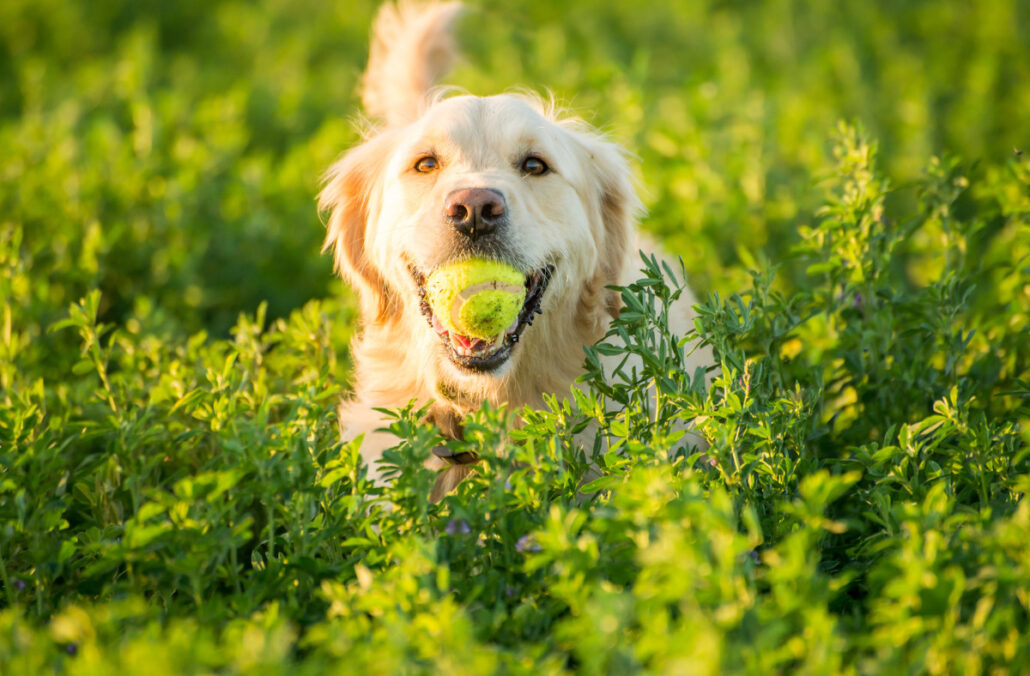
Caring for a pet is more than a fun hobby or a cute addition to your household. It’s a serious commitment to the physical and emotional well-being of another living creature. Across the United States, millions of animals enter shelters each year because their owners were not prepared for the responsibility. Responsible pet ownership is about providing love and care every day and understanding that your choices directly affect your pet’s health and happiness.
Understanding the Basics of Animal Welfare
Animal welfare focuses on ensuring that animals live free from unnecessary suffering and enjoy a life worth living. A helpful guide is the “Five Freedoms” framework:
- Freedom from hunger and thirst: Provide constant access to fresh water and a proper diet.
- Freedom from discomfort: Offer appropriate shelter and a comfortable living space.
- Freedom from pain, injury, or disease: Ensure prompt veterinary care and preventive treatments.
- Freedom to express normal behavior: Provide adequate space, exercise, and companionship.
- Freedom from fear and distress: Create a calm environment and treat your pet with patience and kindness.
These principles apply to all pets, whether you have a dog, cat, rabbit, bird, or reptile.
Choosing the Right Pet for Your Lifestyle
A key part of responsible ownership begins before you bring an animal home. Think carefully about your lifestyle:
- Time commitment: Some pets, like dogs, need daily exercise and interaction. Others, like reptiles, may require less social time but still need regular care.
- Space and environment: Consider your home size, yard access, and local climate.
- Budget: Factor in food, veterinary bills, grooming, and unexpected medical costs.
Research breeds or species thoroughly. Avoid impulse decisions and remember that pets can live for many years, making them a long-term responsibility.
Providing Proper Nutrition and Healthcare
A healthy pet starts with a balanced diet tailored to its species, age, and activity level. Regular veterinary visits are just as important. Annual checkups, vaccinations, and parasite prevention keep your pet in good condition and help catch issues early.
Spaying or neutering your pet is another critical step. It improves health, reduces aggressive behaviors, and helps control the problem of pet overpopulation, which fills shelters with animals who need homes.
Creating a Safe and Enriching Environment
Pets need a space where they feel secure and stimulated. For indoor animals, make sure they have cozy resting areas and safe places to explore. Outdoor pets need secure fencing, shade, and protection from harsh weather.
Mental and physical enrichment keeps pets happy. Dogs thrive on daily walks and interactive toys. Cats love climbing structures and scratching posts. Even small animals like hamsters or parrots need toys and challenges to stay active and avoid boredom.
Be aware of seasonal or regional hazards. In Texas, for example, summer heat can be dangerous for pets. Provide plenty of water and never leave animals in hot cars. Severe storms also pose risks, so have a plan to keep pets calm and protected.
Training and Socialization
Good training builds a strong bond between you and your pet while keeping everyone safe. Use positive reinforcement to encourage good behavior rather than harsh punishments, which can create fear and anxiety.
Socialization is equally important. Introduce your pet to different people, animals, and environments gradually. This helps prevent behavioral issues such as aggression or excessive fear. Consistent routines, mental stimulation, and patience make a big difference in your pet’s confidence and comfort.
Recognizing and Responding to Neglect or Abuse
Responsible pet owners should know the signs of neglect or abuse. These can include:
- Extremely thin or malnourished appearance
- Untreated injuries or illnesses
- Unsanitary living conditions
- Fearful or aggressive behavior caused by mistreatment
If you suspect animal cruelty, report it to local animal control, law enforcement, or a humane society. In Texas, the law requires pet owners to provide adequate food, water, shelter, and veterinary care. Understanding these legal responsibilities protects animals and holds neglectful owners accountable.
Community and Legal Responsibilities
Owning a pet means being a good neighbor and following local regulations. Many Texas cities have leash laws, licensing requirements, and noise ordinances. Microchipping your pet is a simple step that dramatically increases the chances of being reunited if they get lost.
Responsible pet ownership benefits the entire community. Fewer stray animals mean less strain on shelters and fewer incidents like bites or property damage.
Continuing Education and Resources
Animal welfare is an ongoing learning process. Stay informed with books, reputable websites, and guidance from veterinarians. Many local shelters and rescues offer workshops on topics like pet nutrition and training.
Volunteering at an animal shelter is another excellent way to gain hands-on experience. It’s rewarding and helps you understand the diverse needs of different species.
For those who want to deepen their knowledge or need to meet a court requirement, the Responsible Pet Ownership course offered by Texas Court Classes is an excellent resource.
This course covers key topics such as responsible care, legal obligations, and recognizing signs of neglect or abuse. Whether you are a new pet owner, considering adoption, or required to complete the class, it offers valuable insights that help ensure pets receive the care they deserve.
Conclusion
Responsible pet ownership is a lifelong promise to care for another living being. By choosing the right pet, providing proper nutrition and healthcare, creating a safe environment, and staying informed about legal responsibilities, you help ensure that your companion lives a healthy and happy life.
If you’re ready to strengthen your knowledge and become the best pet owner you can be, consider enrolling in the Responsible Pet Ownership at Texas Court Classes. It’s a simple step that can make a lasting difference for you and your pet.



